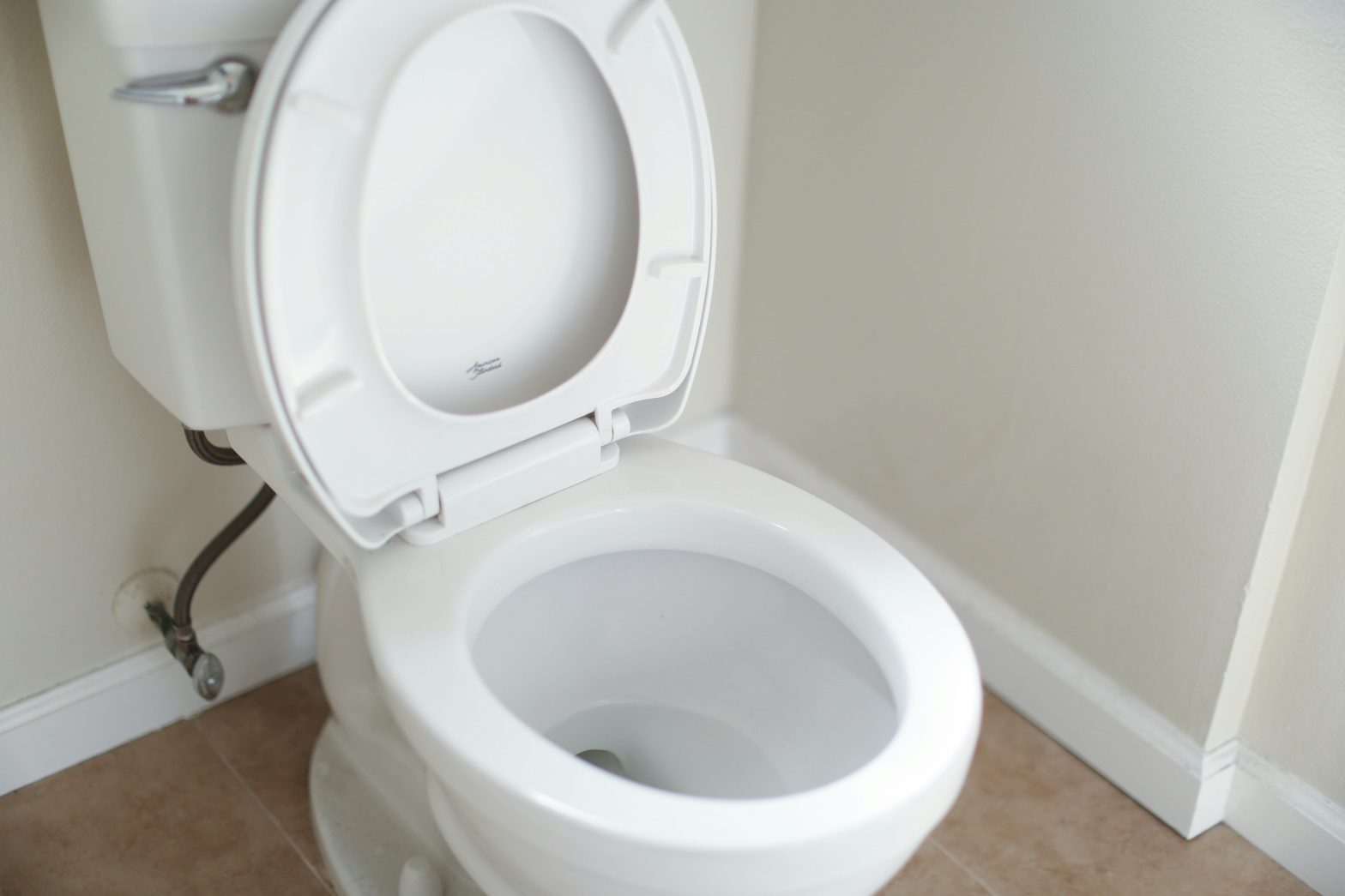The internet is awash with alarming statistics, one of the most common being that your cell phone harbors ten times more germs than a toilet seat. Attributed to scientists at the University of Arizona, this claim has spread far and wide. But how much of it is true, and what does it really mean for your health?
As a microbiome scientist, I decided to delve into the origins of this claim and investigate whether there is a valid basis for such comparisons. Is a toilet seat even a relevant benchmark for cleanliness? More importantly, are we being subjected to scaremongering tactics, possibly fueled by the sale of phone disinfecting gadgets?
Let’s uncover the truth behind the “dirty cell phone” claim, examining the original research, assessing the real risks, and offering practical advice for maintaining hygiene in the digital age.
The Origin of the “Dirty Cell Phone” Claim
The claim that cell phones are dirtier than toilet seats often cites research from scientists at either the University of Arizona or Arizona State University. However, most sources lack specific details, names, or links to the original source material. The original statement comes from Charles P. Gerba, a professor of environmental science at the University of Arizona, in an article for MyHealthNewsDaily, published on Sept. 15, 2012.
Gerba noted that while phones do carry germs, the real issue is sharing phones between people. Without sharing, each phone carries a unique set of germs that typically won’t make its owner sick. This critical context is often missing from the widespread claims.
The “10x the germs” figure came from unpublished research involving bacterial tests of 200 cell phones from the general public. These counts were compared to a 1998 study on bacterial levels on household surfaces, which focused on the effectiveness of cleaning agents.
Do These Bacteria Actually Matter?
As a microbiome expert, I understand that bacteria are ubiquitous. They’re on every surface we touch, floating in the air, on our skin, and in our mouths. It’s impossible to escape them. However, the majority of these bacteria are harmless. Re-exposing yourself to your own bacteria won’t typically make you sick.
For most of us, our phones pose little threat in terms of bacterial exposure. Touching your phone and then touching your mouth, for example, usually introduces no new germs. However, there are a couple of exceptions:
- Food Preparation: Handling raw ingredients like chicken or flour and then touching your phone to check a recipe can transfer dangerous germs like Salmonella or Listeria.
- In the Bathroom: Bacteria from your own waste can cause illness if they spread to other areas. While you might wash your hands, your phone could still carry bacteria out of the bathroom.
Toilet Seats Can Be Surprisingly Clean
Interestingly, toilet seats are often cleaner than many other household objects. They are frequently cleaned, and their smooth surface isn’t conducive to germ survival. A typical toilet seat may only have about 50 bacteria per square inch.
It’s worth noting that Professor Charles Gerba, the same researcher behind the “dirty cell phone” claim, provided this estimate. The narrative often overlooks the fact that toilet seats are not necessarily the germ-ridden villains they are made out to be.
Should You Sterilize Your Phone?
Phone sanitization gained prominence during the early days of COVID-19. The FCC suggested it could help prevent the spread of the virus. However, later evidence indicated that COVID-19 primarily spreads through the air, not surfaces.
Many sources advise sanitizing your phone but often lack supporting studies. A July 2020 study found zero documented cases of COVID-19 transmission via phones since the pandemic’s start.
Sanitizing your phone is advisable if you:
- Work around food
- Work in a medical setting
- Interact with individuals with compromised immune systems
- Regularly share your phone
However, for most people, phone sanitization won’t significantly reduce the risk of illness. Given how frequently we touch our phones, even daily sanitization might not prevent all opportunities for germ transmission. Hand washing remains the more effective strategy.
Final Thoughts: Bacteria Counts vs. Real Risk
Bacterial counts can be alarming, but “more bacteria” doesn’t always mean a higher risk of getting sick. While your phone may have more bacteria than a toilet seat, your kitchen cutting board likely has far more. The key isn’t necessarily about sterilizing your phone but rather about understanding how germs spread.
If sanitizing your phone provides peace of mind, a UV device might be helpful. However, preventing the spread of germs primarily involves minimizing airborne transmission and preventing the transfer of germs from dirty hands to your food.
Instead of focusing solely on your phone, prioritize wearing a mask in public and washing your hands regularly, especially after visiting the bathroom. This approach will offer more effective protection against illness than sterilizing your phone alone.
